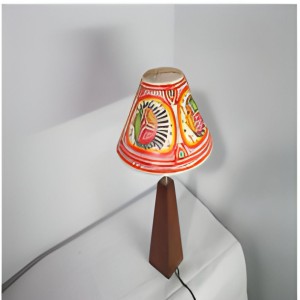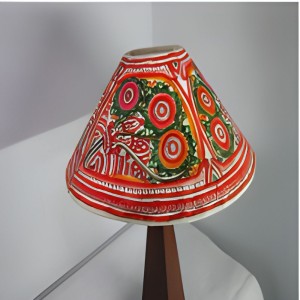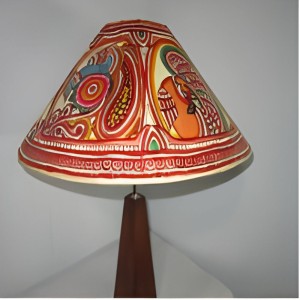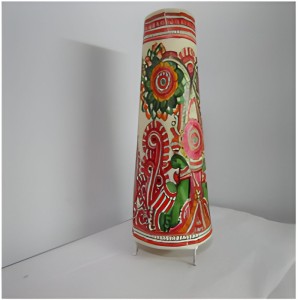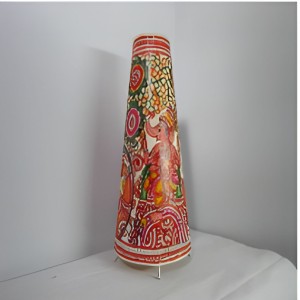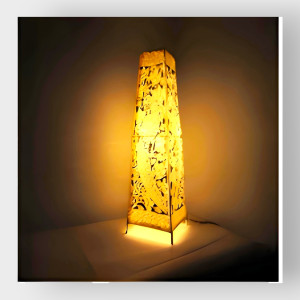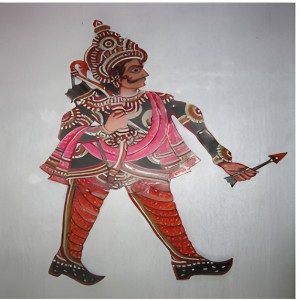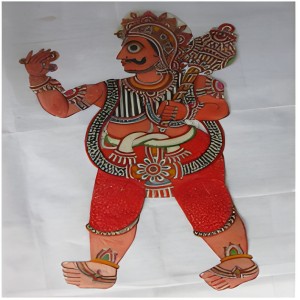Ganesha Leather Puppet (1.5 ft)
QA1Embrace auspiciousness with the 'Lord Ganesha Leather Puppet'. Meticulously crafted, this puppet captures the charm of Lord Ganesha in intricate leatherwork. Its detailed features and vibrant hues radiate cultural allure and spiritual significance, making it a revered addition to your collection or decor, symbolizing wisdom, prosperity, and good fortune.
- Primary Material : Leather
- Dimensions : 1.5 feet
- Weight : 800 g
A1Nimmalakunta leather puppets and handicrafts are traditional handicrafts made by artisans from the village of Nimmalakunta, located in the Anantapur district of Andhra Pradesh, India. These handicrafts are known for their intricate designs, skilled craftsmanship, and unique style, which has been passed down through generations.
The making of Nimmalakunta leather puppets and handicrafts involves several steps. First, the artisans select the highest quality leather, which is usually buffalo or goat leather, and soak it in water to make it pliable. Then, they create a template of the design on paper and transfer it to the leather using a sharp tool.
The design is traced onto the leather, the artisans begin the delicate process of cutting the leather to shape the puppet or handicraft. After cutting, the artisans apply natural dyes to the leather to give it vibrant colors.
The artisans assemble the various parts of the puppet or handicraft using strings and glue. The puppets have movable arms and legs, which are controlled by strings attached to a central stick. The handicrafts, such as wall hangings and lampshades, are finished with ornate stitching and detailing.
The designs of Nimmalakunta leather puppets and handicrafts are inspired by traditional Indian myths, folklore, and religious stories. They often depict scenes from the Ramayana and Mahabharata, as well as local tales and legends. The intricate patterns and bright colors used in these handicrafts make them unique and eye-catching, and they are popular among art collectors and tourists alike.
In recent years, local artisans and organizations are working to preserve this traditional art form by promoting it through exhibitions and workshops, and by creating new designs that appeal to modern tastes while still staying true to the traditional style.

 INR
INR USD - $
USD - $
 CAD - Can$
CAD - Can$
 EUR - €
EUR - €
 GBP - £
GBP - £
 SGD - S$
SGD - S$
 AUD - A$
AUD - A$
 MYR - (RM)
MYR - (RM)

